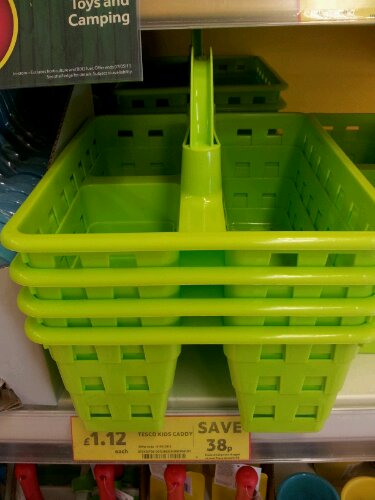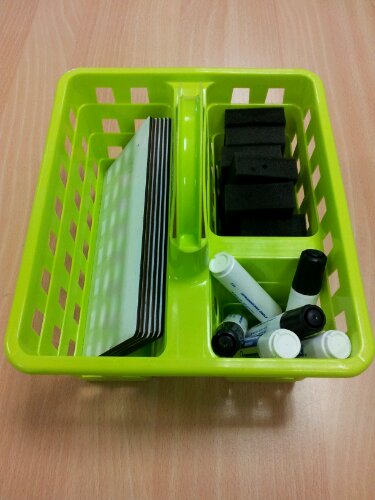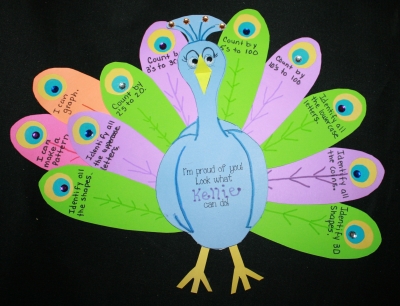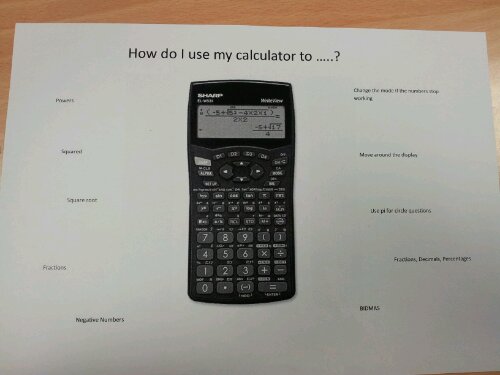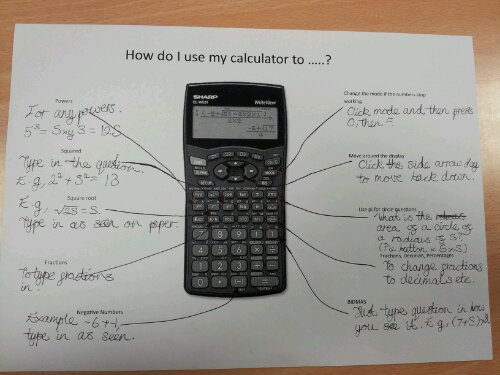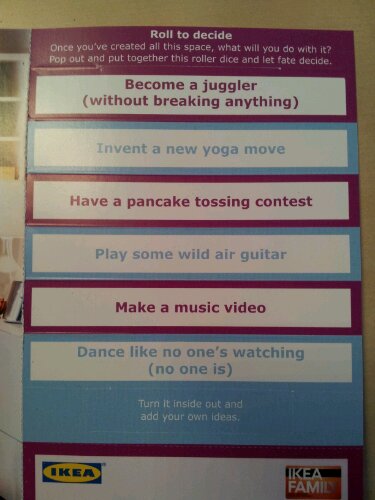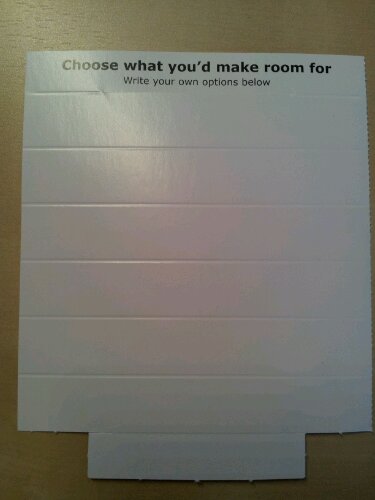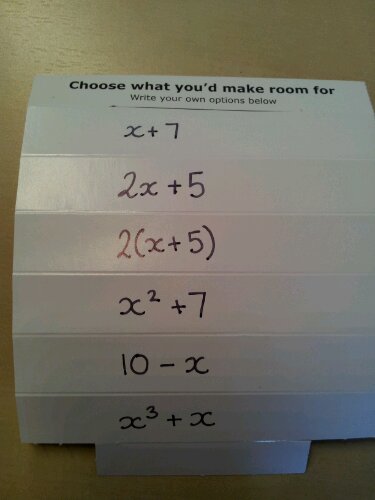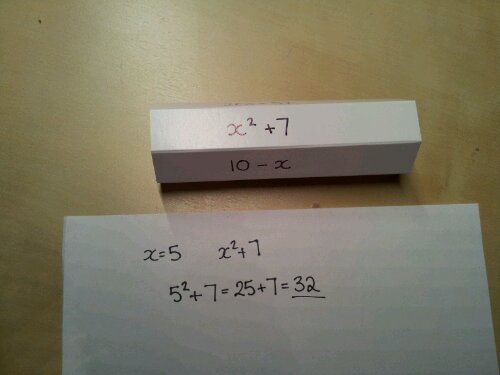I’m always trying to find ways of keeping my classroom tidy. The mini-whiteboards are never put back ‘properly’ and it drives me crazy.
I’ve tried plastic wallets: ‘Miss, the pen is missing’, ‘Miss, mine hasn’t got a wiper’ …
I’ve tried seperate boxes: no-one takes responsibility for the ‘odd’ bits that are left on/under the table (someone must have used that pen!).
They are actually being sold as children’s mini garden organisers. There is a small, medium and large section in each basket. This became :
Each one holds six pens, six dusters and six boards (mine are small size, but standard size will fit too). They also stack nicely. I’m sure there are similar baskets in pound shops.
All I have to do is put one basket at the end of each row or group table. The pupil sitting closest is responsible for counting up the equipment at the end of the session. I have also found that keeping them in a tidy container takes away the ‘novelty’ – I can leave the whiteboards out after a class task and some pupils will use them to plan out ideas and others just get on with their work.
And the room stays tidy …

